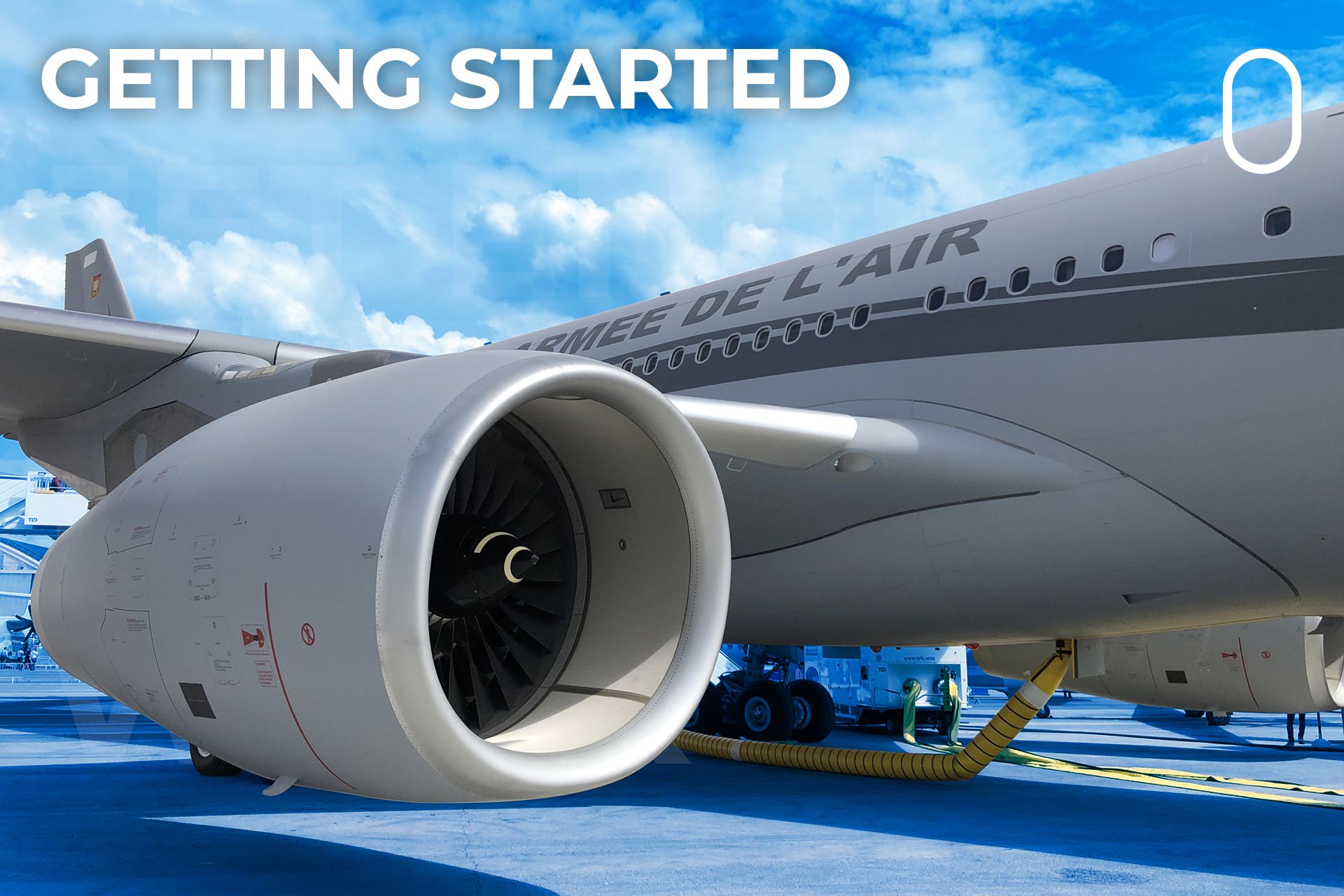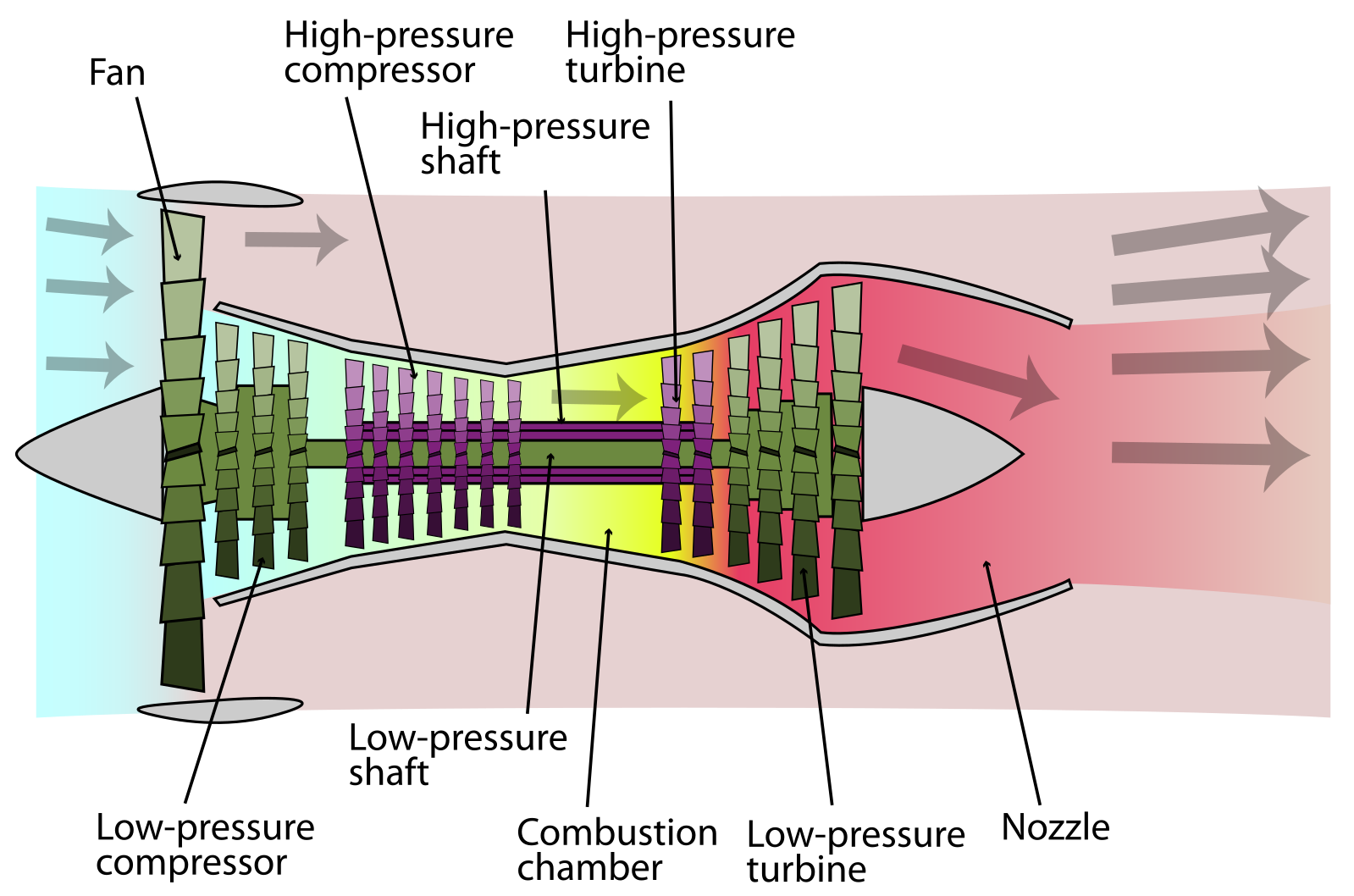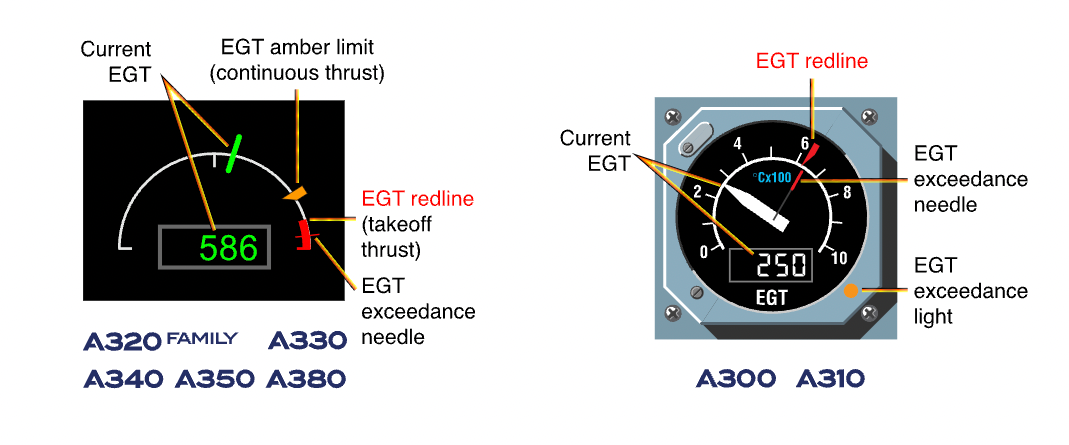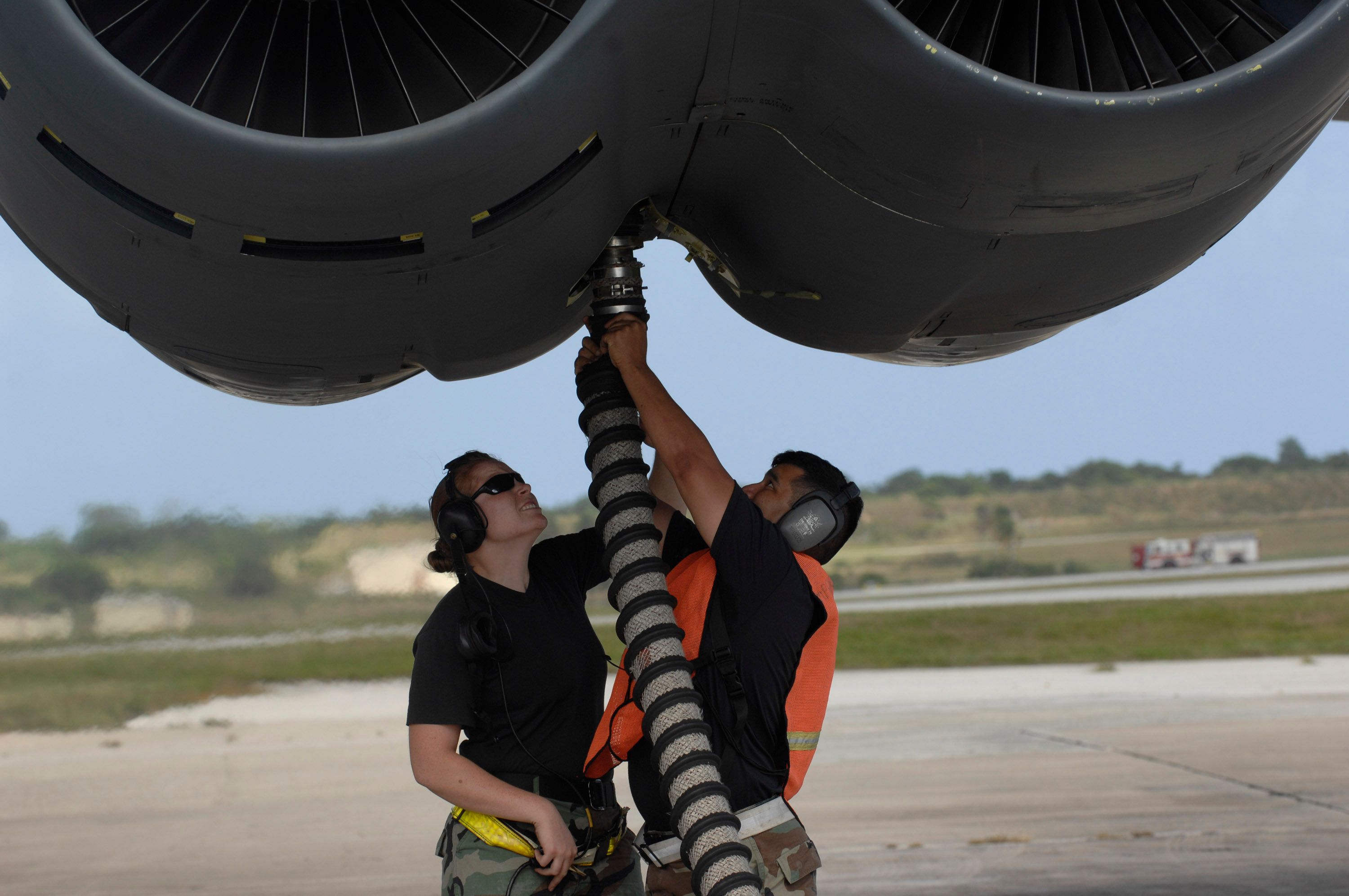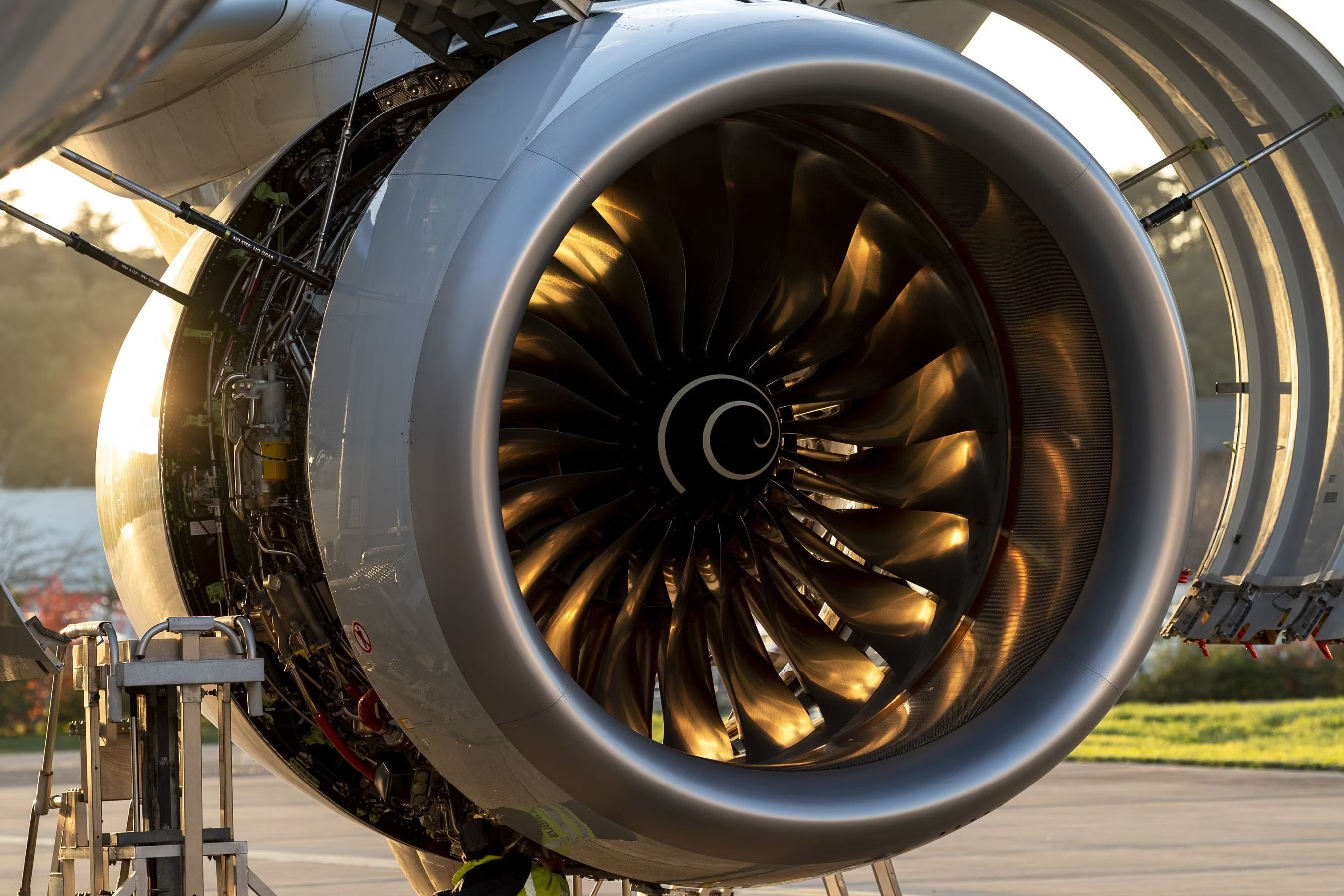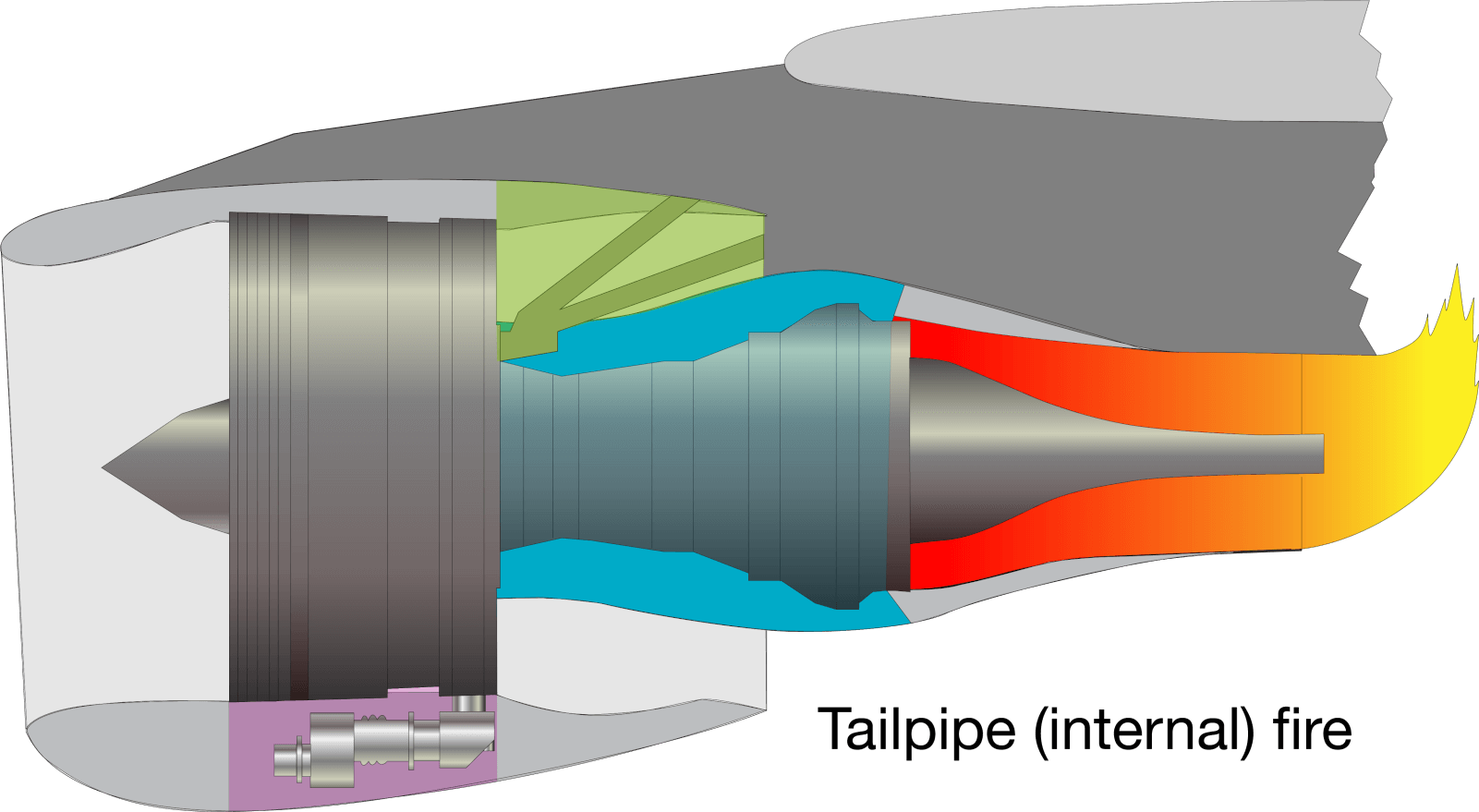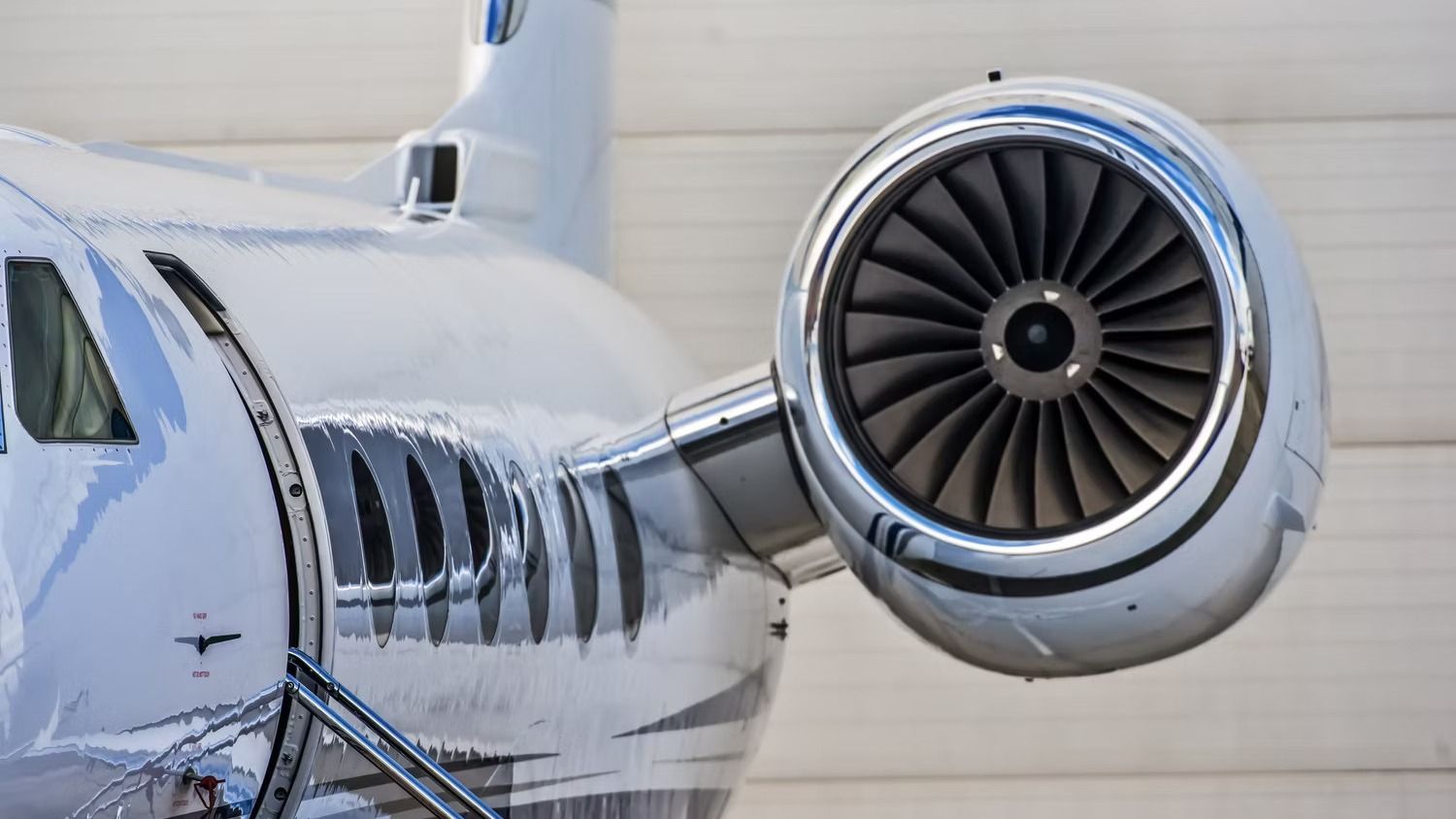Summary
- Jet engines consist of an intake, compressor, combustor, and turbine stage. Air is compressed, fuel is introduced, and expansion creates thrust.
- To start the engine, the N2 compressor must be rotated. This can be achieved using electricity or an air starter motor.
- Startup malfunctions include hot starts (insufficient airflow) and hung starts (low RPM). If a start fails to clear excess fuel, a blowout cycle is necessary.
Starting your automobile engine (or the electric motor for EVs) is as simple as turning on the ignition by twisting a key or pressing a button. The only extra step that may be required in newer cars is to press on the brakes when starting the engine. Have you ever wondered if starting a jet engine is as simple as your car engine? We have all heard the aircraft engine startup noise, but what does it take to start the engine?
Jet engines are complex and expensive machines that require safe handling, proper care, and routine maintenance. While aircraft engines may serve a similar purpose as automobile engines, providing power to start an engine is not as simple as turning on the car ignition. Pilots must perform several steps to initiate the jet engine startup process.
Pilots carry specialized checklists for engine startup. The engine uses air from one of three primary sources for start-up: an onboard Auxiliary Power Unit (APU), a Ground Power Unit (GPU) from the ramp, or cross bleed (air from another engine when functional). This article delves deeper into jet engines’ general principles, functionality, and the steps required in performing engine start-up.
The components of a jet engine that are involved in the startup
To summarize, a typical jet engine consists of an intake, a compressor stage, a combustor, and a turbine stage. It works very similarly to a car engine. Firstly, the air is drawn into the intake, which is then compressed. From the compressor stage, the air is passed into the combustion chamber, where fuel and ignition are introduced, which then burns the air.
This air is then passed into the turbines, allowing it to expand. This expansion increases the flow’s kinetic energy, and as it races out of the engine, an equal and opposite force is applied to the aircraft. This is called thrust.
The compressor stage must first be turned at a certain speed to draw air for the startup. This is the first requirement to start a jet engine. A high bypass ratio jet engine has two compressor stages in its most basic form. The low compressor stage is known as N1, and the high-pressure stage is known as N2. During the startup process, the N2 compressor is the one that needs to be rotated as most of the engine accessories (oil and hydraulic pumps, etc.) are connected to this compressor.
There are two methods of rotating the N2 compressor. One is using electricity. This method is mostly used to start smaller-sized jet engines like those found in turboprops. One of the engine’s electrical generators acts like a starter motor. When it is energized, it turns, and as it is geared to the N2 compressor, this causes the N2 compressor to rotate.
Larger jet engines use the second method. A separate starter motor called an air starter, turns on the N2 compressor. The motor is run purely by air, which may be fed by an Auxiliary Power Unit (APU) or a Ground Start Unit.
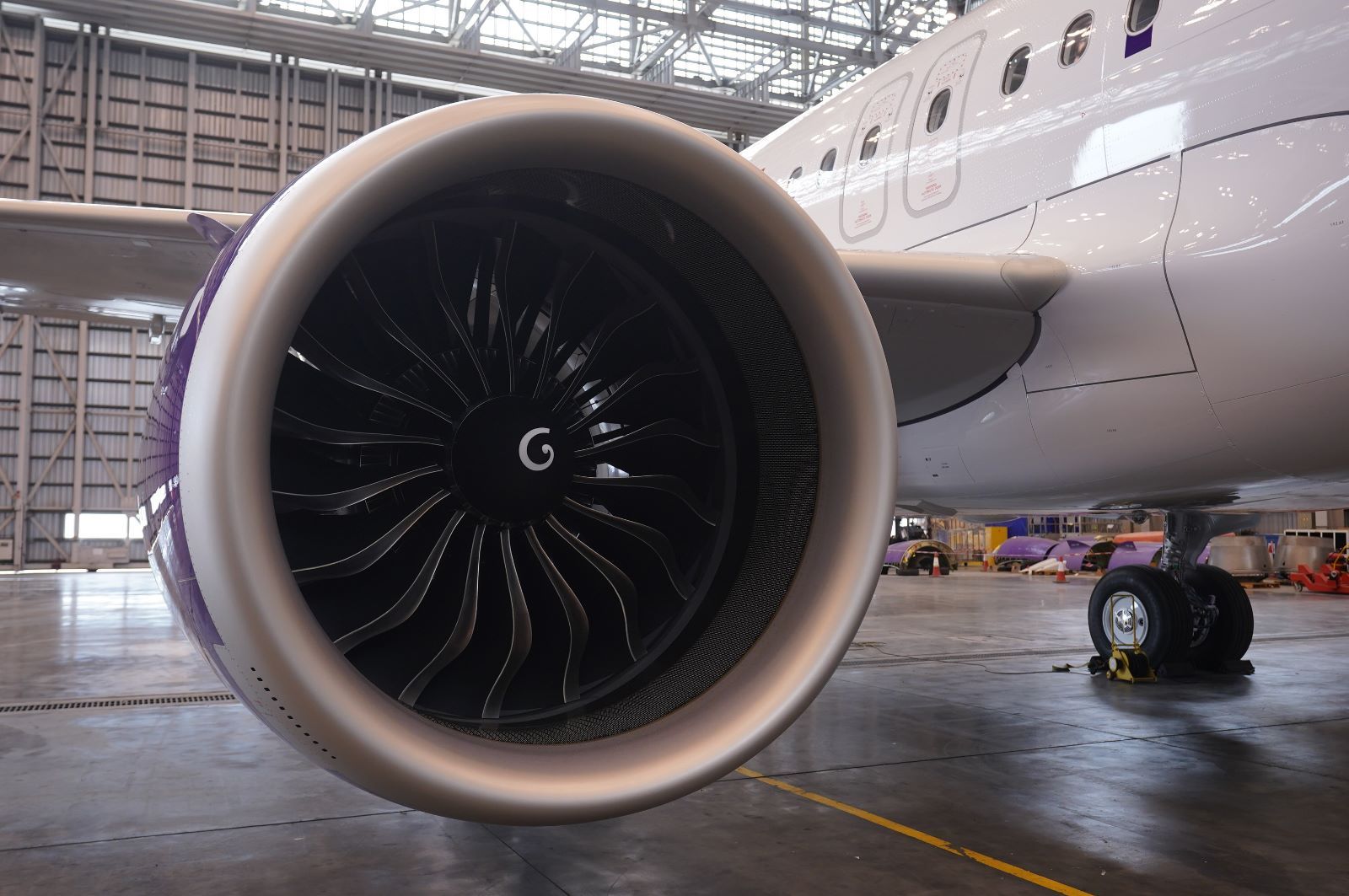
Related
How Are Jet Engines Tested & Developed?
Engine development involves design, manufacturing, testing, and certification.
The start procedure
Essential processes of an engine startup process
- Auxiliary Power Unit (APU)
- Air Turbine Starter (APU)
- Ignition System
- Clutch Mechanism
As discussed above, the N2 compressor must be rotated to start a jet engine. To do so, air must be sent to the air starter motor. If the aircraft is equipped with an APU, this air, called bleed air, can be provided by the APU. During ground operations, the APU supplies air for the air conditioning units. However, during the startup, the air to these units is shut off so that the air is available for engine start.
Starting air into the first engine
- Command started in the cockpit
- Batteries initiate the electrical power
- The starter motor receives power from the batteries
- The APU runs
- The APU provides starting air to the engine
When the pilot engages the starter, the start valve opens, which allows the bleed air to be passed into the turbine of the starter motor. The starter motor then turns to the N2. As the N2 builds up, the pilot monitors this from the cockpit instruments. At about 20% N2 rotation, the pilot introduces fuel into the combustion chamber using the fuel switches. The ignitors then fire up the fuel and air mixture, which causes the engine temperature to rise. In most jet engines, this temperature is sensed in the turbine stages or exhaust, called Exhaust Gas Temperature (EGT).
When fuel is first introduced, there is a sharp rise in EGT due to the presence of excess fuel in the combustion chamber compared to air. Less air means less cooling. As the engine accelerates, more fuel is introduced, which progressively increases the EGT. At some point, the engine reaches a self-sustaining speed at which it can continue to accelerate without the assistance of the starter motor.
When this point is reached, the starter motor automatically de-clutches the N2 compressor, and the igniters are switched off. The EGT peaks at a value and then drops as the fuel and air become balanced in the combustion chamber. This ends the startup procedure.
Image: Airbus
The peak EGT is an important value. A high peak EGT shows possible engine degradation. This can also be due to a faulty engine starter motor. Either way, abnormally high peak EGTs during the start should be discussed with maintenance before they become a bigger problem. The EGT shows the temperature of the turbines, and as they are sensitive to heat, there is a starting EGT limit that must never be exceeded. If exceeded, the engine should be immediately shut down, and the aircraft should be handed over to maintenance.
When the APU is unserviceable or unavailable, a ground start unit can be hooked up to the aircraft. A long pipe from the start unit is connected to the adapter, which supplies the air from the unit to the engines. Pilots start one of their engines at the gate with the start unit when this method is used. Once the engine is running, it is disconnected from the aircraft. Then, the air from the fired-up engine can be diverted through a cross-bleed valve to start up the remaining engine(s). This type of starting is called a cross-bleed start.
Photo: USAF
The same process applies to those engines started with an electrical generator or a motor, except there is no requirement to provide air for the startup. The Boeing 787 is the only large aircraft that uses electricity to start the engine. This requires a lot of power, and without an APU, two external ground power units must be connected to the aircraft for engine start.
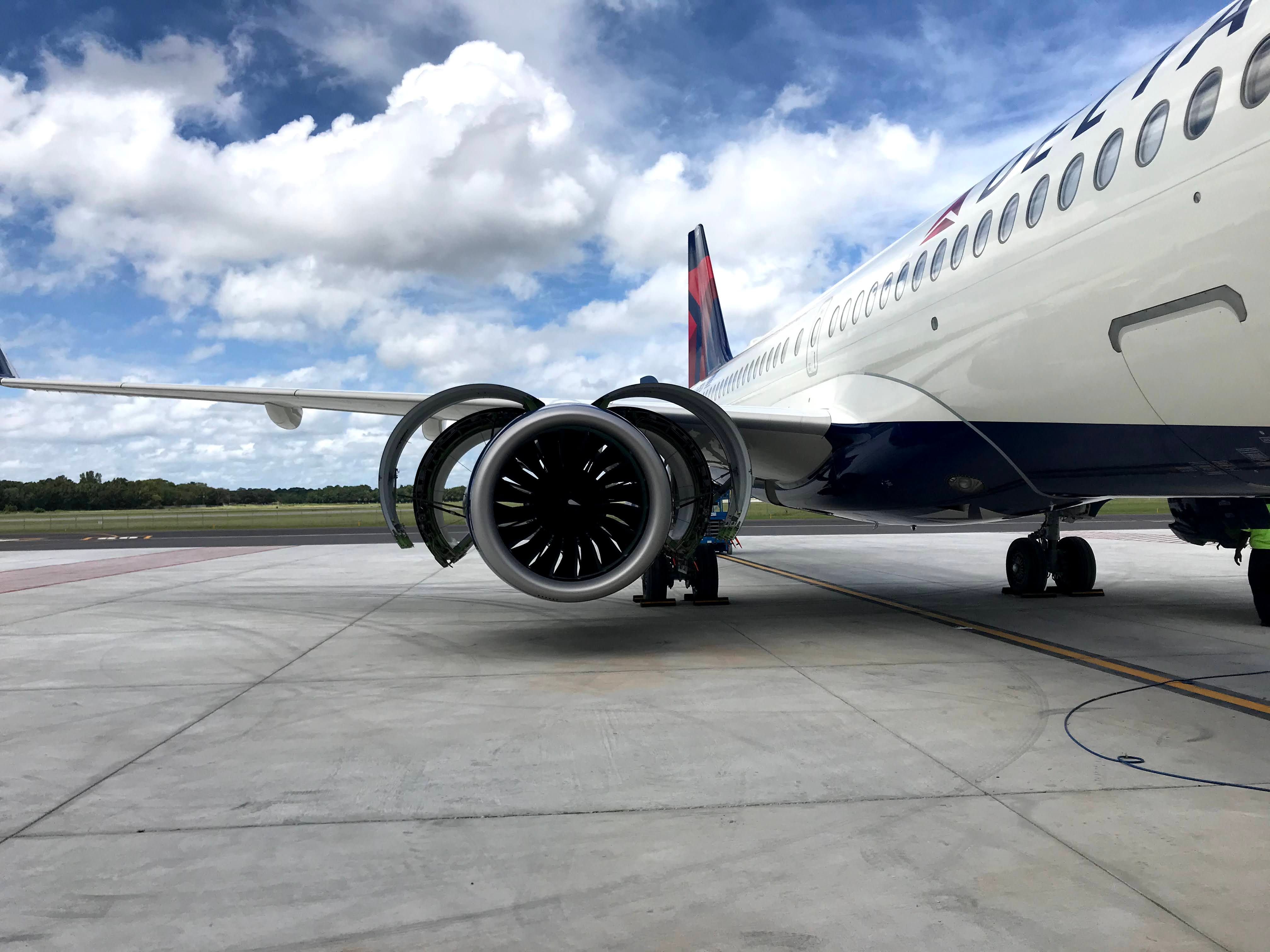
Related
How The Jet Engine Revolutionized Aviation
This was one of the greatest developments in aviation history.
Startup malfunctions
A jet engine has two main start malfunctions: a hot start and a Hung Start. At a hot start, as the fuel is introduced, the EGT rises as expected, but the temperature rapidly accelerates to the start of the EGT limit. If this happens, the pilots should immediately shut off the fuel and ignition. Delaying this can cause the EGT limit to be exceeded, rendering the engine useless in a matter of seconds.
The reason for a hot start is simple: insufficient airflow. A weak starter motor, the inability of the APU or the ground start unit to provide enough air or a problem with the engine’s electronic control unit can cause this. Starting the engine with a strong tailwind can also cause a hot start, as the wind opposes the engine’s rotation.
Photo: Airbus
The engine compressor RPM fails to accelerate to the expected value or the self-sustaining speed in a hung start. It is ‘hung’ at an unacceptably low value, with the EGT being higher than what is expected for the low RPM. The pilot action in a hung start is to shut off the engine by closing off the fuel valves. A faulty starter motor mainly causes a hung start.
Any time an engine fails to start, before attempting a new start, the pilots must carry out something called a ‘blowout’ cycle. This is because, in most failed starts, unburnt fuel flooded in the combustion chamber. If a start is attempted with this fuel in the chamber, it can cause the flooded fuel to ignite, and flames can come out of the engine exhaust. This is called a tailpipe fire or torching.
Torching rarely damages engine components. However, it can damage the aircraft structures that are directly exposed to it, such as wing components and flaps. To carry out the blowout cycle, the pilots must turn off the ignition and simply run the starter motor without introducing fuel. This sends air through the combustion chamber and blows out excess fuel in it.
Photo: Airbus
In-flight engine restarts
Jet engines are highly reliable. Even so, there is a chance of a failure up in the air. Pilots can perform an in-flight restart if an engine fails while flying. The start of a jet engine in the air is similar to that of one on the ground. One significant difference is that when flying, the forward velocity of the aircraft turns the compressor automatically. This is called windmilling.
The faster the aircraft travels, the faster the rotation. Thus, the engine can be started in the air without the help of the starter motor if it is flown at a stable windmilling speed. Below this speed, air from the live engine or air from an operational APU may be required to turn the N2 compressor to an acceptable speed.
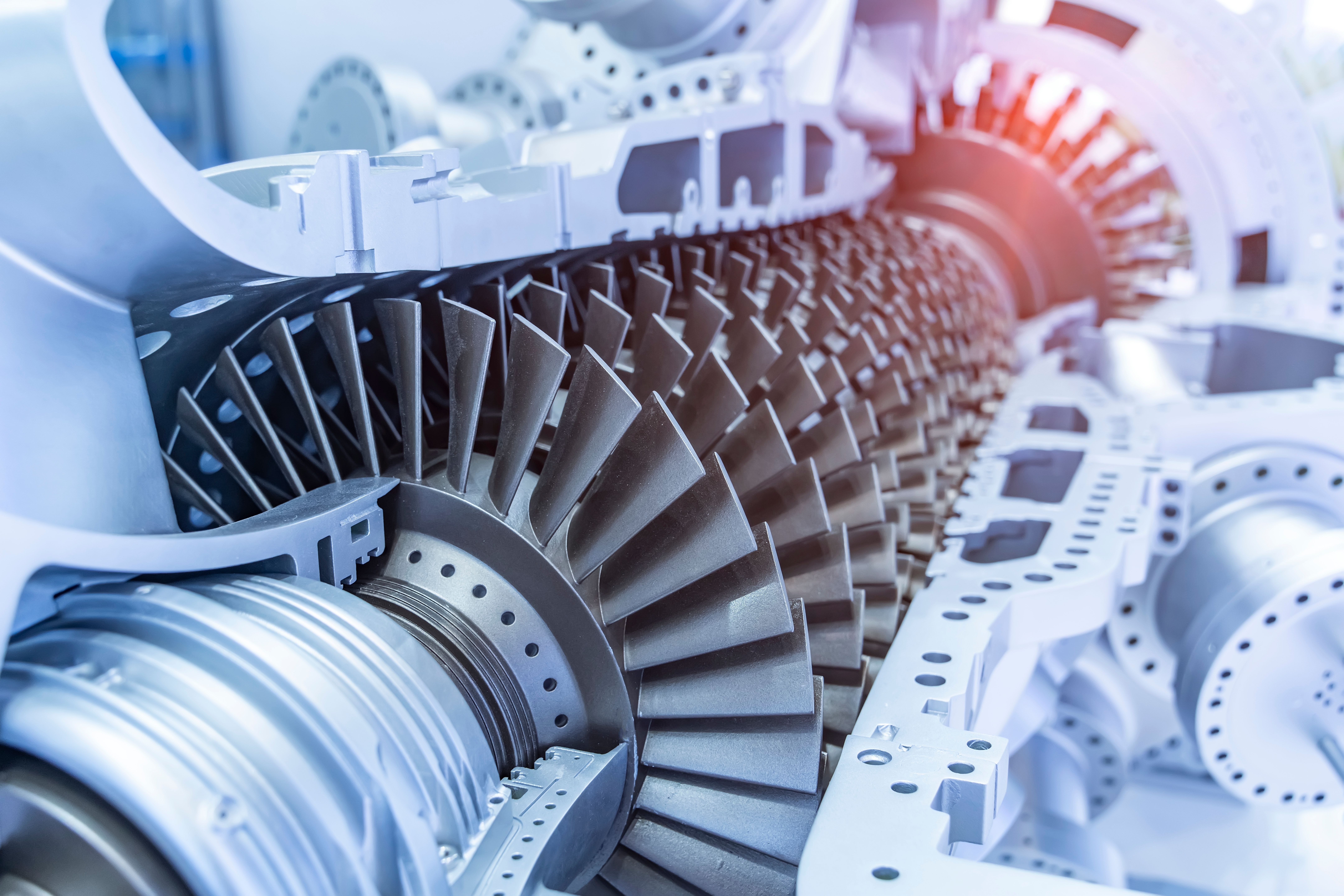
Related
How Is Incoming Air Routed Within Different Systems Of A Jet Engine?
The incoming air is characterized by various jet streams within the engine.
Making sense of the sounds
So next time you are taking a flight and happen to sit closer to the engines, try to make sense of the sounds you hear during engine startup. While you would not know pilot commands, you can somewhat follow the sounds.
- High-pitch sound is the air turbine started
- The shaft speed increases as the air compresses, resulting in fan rotation
- The fan noise becomes smooth and constant
- Fuel is injected into the combustor, resulting in low rumbling noise
- A louder vibrating sound is released as the engine reaches idle power
Photo: Media_works | Shutterstock
What are your thoughts on the steps involved in jet engine startup? Share your opinion in the comments section.

